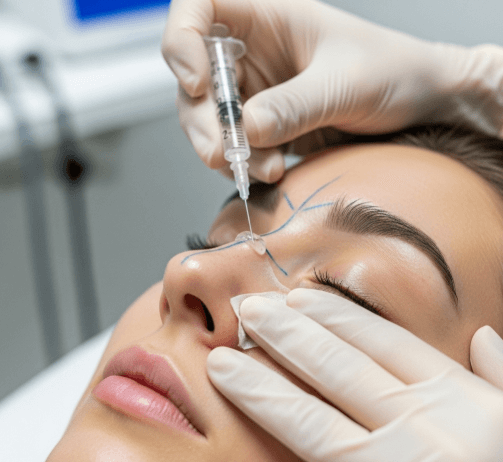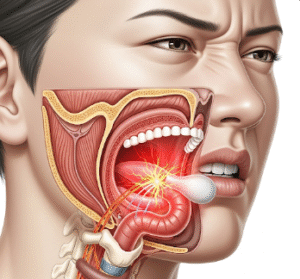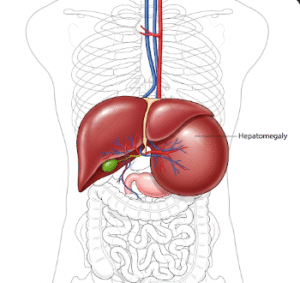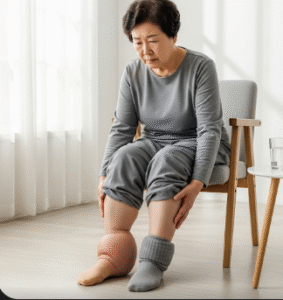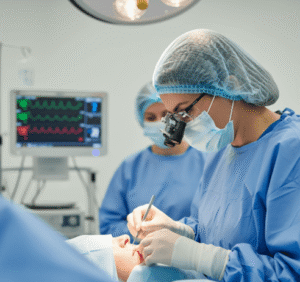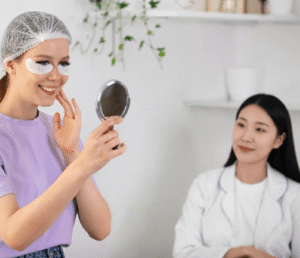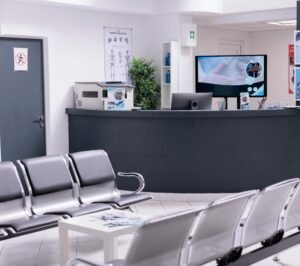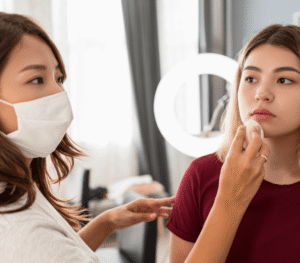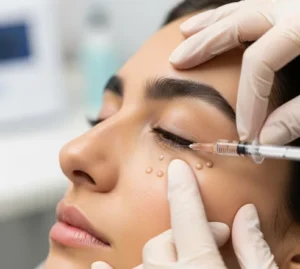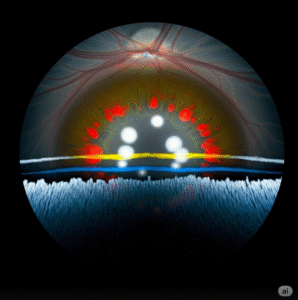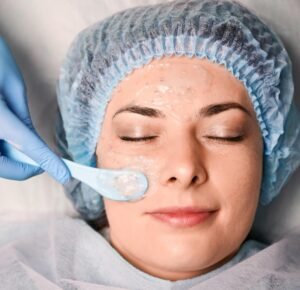🟢 What it is
A Nose Bridge Filler in Korea—also called Non-Surgical Rhinoplasty or Liquid Rhinoplasty—is a cosmetic treatment where dermal fillers (usually Hyaluronic Acid-based) are injected into the nose to enhance shape and definition without surgery.
This procedure is especially popular in Korea because it can:
- Raise and define a low nasal bridge.
- Smooth out bumps or irregularities.
- Refine nasal tip projection.
- Balance the nose with other facial features.
Unlike surgical rhinoplasty, fillers are temporary, reversible, and minimally invasive, making them a common choice for those seeking subtle but impactful improvements.
🟢 Why it’s Done
Patients in Korea choose nose bridge fillers for both aesthetic refinement and facial harmony:
➡️ Bridge enhancement: Adds height and definition to flat or low nasal bridges (common in Asian aesthetics).
➡️ Profile correction: Smooths out small humps or uneven areas.
➡️ Tip projection: Lifts or refines the nasal tip for balance.
➡️ Non-surgical option: Avoids downtime and risks of surgery.
➡️ Trial before surgery: Helps patients preview how changes may look before considering permanent rhinoplasty.
Korean aesthetic standards emphasize a straight, defined, yet natural-looking nose bridge that blends harmoniously with the overall face.
🟢 Alternatives
Nose bridge fillers are effective, but there are other treatments:
🔹 Surgical Rhinoplasty: Permanent reshaping using implants or bone/cartilage adjustments.
🔹 Thread Lift (Nose Threads): Biodegradable threads inserted to lift and support nasal bridge/tip.
🔹 Fat Grafting: Uses the patient’s fat for volume, though less precise than fillers.
🔹 Makeup Contouring: Temporary optical enhancement.
In Korea, many patients start with fillers or threads before deciding on surgical rhinoplasty.
🟢 Preparation
Preparation helps ensure safety and precision:
➡️ Consultation: Doctors analyze the nose structure and face proportions from different angles.
➡️ Medical disclosure: Patients must share history of allergies, autoimmune conditions, or prior nose procedures.
➡️ Avoid blood thinners: No aspirin, ibuprofen, fish oil, or alcohol for 3–5 days before.
➡️ Skin care adjustment: Avoid retinoids or harsh treatments on the nose area beforehand.
➡️ Expectation setting: Korean doctors emphasize subtle and natural changes, not drastic transformations.
🟢 How it’s Done
The procedure usually takes 15–30 minutes:
- Cleansing & sterilization of the nose area.
- Numbing: Topical anesthetic; most fillers also contain lidocaine.
- Injection technique:
- Small amounts of filler are injected along the nasal bridge.
- Micro-droplet or linear threading techniques ensure smooth contours.
- Sometimes, filler is added to refine the nasal tip.
- Shaping: Doctor carefully molds filler for symmetry and definition.
- Final check: The profile and front view are assessed to confirm natural balance.
In Korea, cannula methods are often used to minimize bruising and improve safety in this delicate area.
🟢 Recovery
Recovery is usually fast compared to surgery:
🔹 Downtime: Most patients resume daily life immediately.
🔹 Swelling: Mild, lasting 1–3 days.
🔹 Bruising: Rare but can occur, usually resolving within a week.
🔹 Results: Immediate, with final shape settling in 1–2 weeks.
✅ Post-care in Korea includes:
- Avoid pressing or wearing heavy glasses for a few days.
- No strenuous exercise, saunas, or alcohol for 24–48 hours.
- Use ice compresses if swelling occurs.
- Protect skin with sunscreen.
🟢 Complications
While generally safe, nose bridge fillers are considered a high-risk area due to the rich blood vessel network:
⚠️ Mild side effects:
- Swelling, redness, or tenderness.
- Temporary unevenness.
⚠️ Serious risks (rare):
- Vascular occlusion → can lead to skin necrosis or, in extreme cases, blindness if filler enters ocular vessels.
- Overfilling, creating an unnatural or bulky look.
- Migration of filler from the injection site.
- Infection if not performed under sterile conditions.
➡️ Korean clinics reduce these risks using ultrasound-guided injections, blunt cannulas, micro-dosing, and emergency protocols with hyaluronidase.
🟢 Treatment Options in Korea
Korea is at the forefront of non-surgical nose reshaping, offering advanced fillers and precise injection methods.
🔹 Popular filler brands for nose bridge enhancement:
- Korean: Revolax, Yvoire, Replengen, Neuramis, Dermalax.
- Global: Restylane Lyft, Juvederm Voluma, Teosyal Ultra Deep.
🔹 Approaches in Korea:
- Bridge enhancement: Raises and straightens flat or low nasal bridges.
- Tip refinement: Adds subtle lift to nasal tip for balance.
- Profile correction: Smooths out dorsal humps or irregularities.
- Combination therapy: Nose filler with chin filler for balanced profile correction.
🟢 Final Thoughts
Nose Bridge Fillers in Korea provide a quick, safe, and effective alternative to surgical rhinoplasty. They deliver instant results with little downtime while maintaining a natural, harmonious look that aligns with Korean beauty ideals.
➡️ Best for individuals with low bridges, minor irregularities, or mild tip concerns.
➡️ With Korea’s expert injector skills, advanced products, and emphasis on balance, patients achieve refined results without permanent commitment.
In summary: Nose bridge fillers in Korea are a safe, customizable, and minimally invasive solution, offering elegant facial enhancement while preserving natural beauty.

